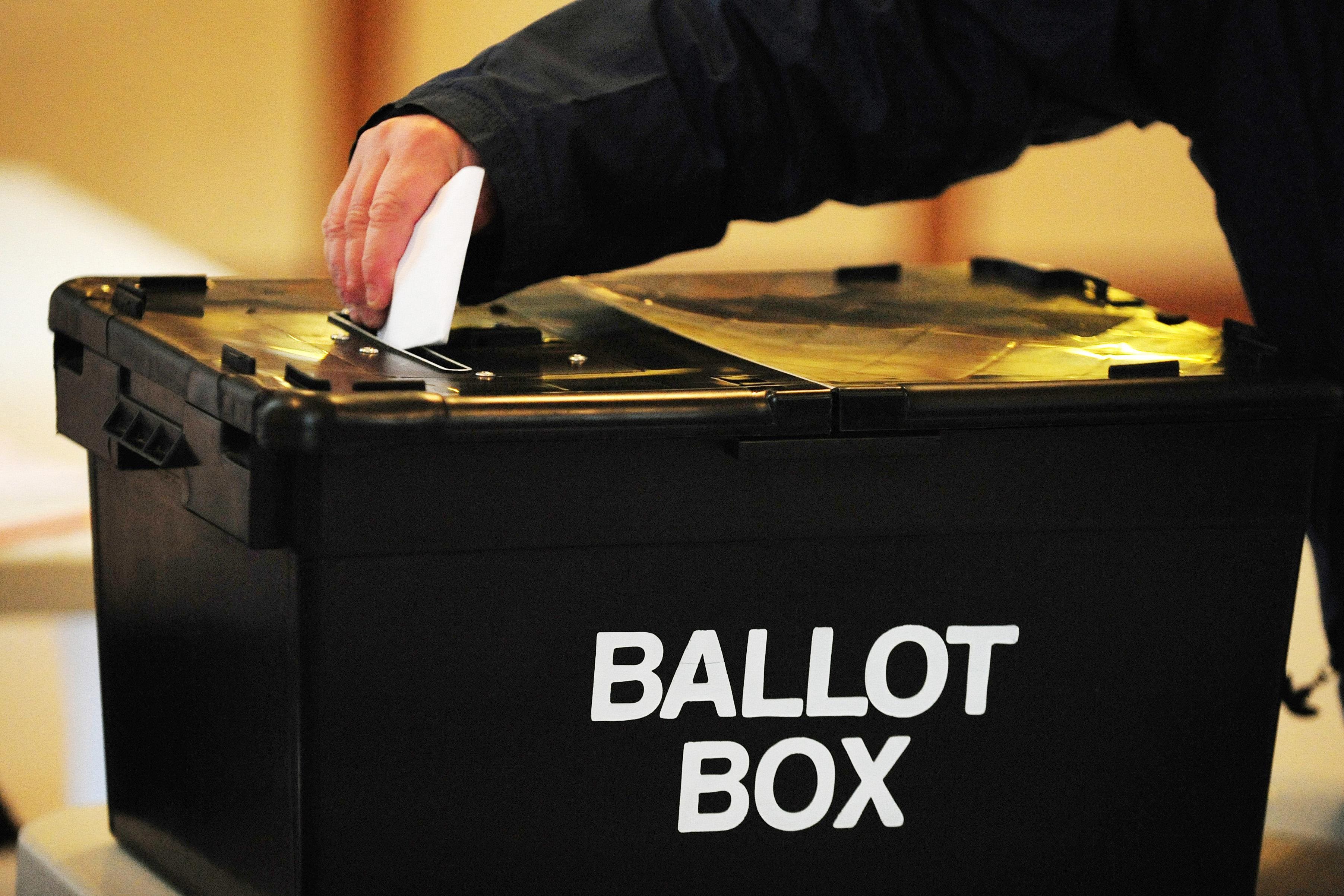Why these local elections matter, and what results to expect
Sean O’Grady on whether voter ID, the coronation or the economy will influence the results


Less than a week remains until local elections in England that will mark the first major test of Rishi Sunak’s popularity. National factors such as the economy and public services usually dominate the pattern of voting, but local elections are always made more complicated by local factors – HS2, housing developments, sewage, migrants billeted in hotels, council tax and felled trees (Sheffield and Plymouth) will also be at work. Labour, the Liberal Democrats, Greens and Independents should do well, and the Conservatives look destined for a beating.
How many council seats are up for grabs, and where?
Council elections are being held in 230 of England’s 317 councils, plus some races for directly-elected mayors in Bedford, Leicester, Mansfield and Middlesbrough.
Some 8,058 council seats are being contested. Many are in so-called “Red Wall” zones in the East Midlands, West Midlands and the North; “Blue Wall” areas such as the Home Counties are also well-represented.
You can check if voting is taking place for your local council here, and check the official election cycle for England’s local authorities here. Broadly, all seats are up for grabs in:
- 9 metropolitan boroughs, including the cities of Liverpool and Wolverhampton
- 32 unitary authorities, including cities such as Nottingham, Derby and York
- 105 district councils
One third of seats are up for grabs in:
- 14 unitary authorities
- 23 metropolitan boroughs
- 47 district councils
There are no elections at all in Greater London, Wales or Scotland. In Northern Ireland, elections are taking place in 11 councils on Thursday 18 May.
How many people are voting?
About half as many as for a general election, typically. So expect about 30 to 40 per cent of those eligible, rising to around 50 per cent in Northern Ireland, currently without a devolved administration.
How can that be a genuine test of national opinion?
It is still a vastly bigger real-world test of political views than any opinion poll or windy pundit. Clever psephologists can adjust for geographic spread, different sizes of seats, and the four-year electoral cycle to create a nominal projected national share of the vote. Greens, Liberal Democrats and independents normally perform more strongly in local than Westminster elections, so their apparent strength will need to carry that caveat.
Who is going to win?
In a word, Labour — but that demands some context. All parties naturally manage expectations downwards, but Labour had a fairly poor year in 2019 under Jeremy Corbyn and should be looking to advance strongly from the 31 per cent of the vote it achieved then. Given that Labour is now at about 44 per cent in the opinion polls, it should make some significant gains in both seats and overall council control.
In particular, Keir Starmer’s party should make progress in Swindon, Derby, Plymouth, Darlington, Thanet and Stoke-on-Trent, and on national vote share, with 750-1,000 seats gained, mostly from the Tories.
Does it mean the Conservatives have lost the next general election?
Not necessarily, and Tory spin doctors have some ready excuses to hand. They could argue that some votes lost among disillusioned Conservatives might come back at the general election. They could make a similar argument about the large numbers who won’t have bothered to vote at all. The narrative about tough economic decisions to reduce inflation, to be followed by recovery and tax cuts in 2024, will act as both alibi and salve for the Conservatives. A truly dire performance will prompt the usual leadership speculation and more chatter about a Boris Johnson comeback.
A loss of about 1,000 council seats is to be expected, with setbacks in places such as Surrey, Herefordshire, and Oxfordshire. Any pattern of anti-Tory tactical voting will be a particular concern at Conservative HQ as it would amplify their prospective defeat in the general election, as it did in 1997 and 2001. If their projected national vote share dips much below their current poll rating of 29 per cent. there’ll be some explaining to do.
What about the smaller parties?
Vince Cable did well on an anti-Brexit platform in 2019, but Ed Davey should expect a strong showing in the south and southeast again this year, picking up seats and votes in places such as Surrey and Berkshire. Signs of revival in old strongholds in the southwest and south coast would be very welcome.
The same goes for the Greens, who also had a good year in 2019, and have high hopes of gaining control of their first council, Mid Suffolk.
Will the proximity of the coronation have any effect?
Not on the voting, but after the results are known on Friday the nation’s attention will soon switch from the Tories’ travails to the majestic spectacle taking place in London, and the no less majestic Eurovision contest in Liverpool, which will be a relief for Mr Sunak and his party colleagues.
Will compulsory voter ID make a difference?
Experts vary on this. Traditionally such a measure would disproportionately affect older and first time voters, poorer voters, and those from ethnic minorities, and thus would tend to suppress the Labour vote. However, over the past decade or so the Conservative vote has trended more towards what used to be called the working class, and even further towards pensioners. So although the net effect will probably be to depress Labour’s showing, the practical, marginal differential might be fairly small. That said, there will be some frustrated voters on 4 May.






Join our commenting forum
Join thought-provoking conversations, follow other Independent readers and see their replies
Comments